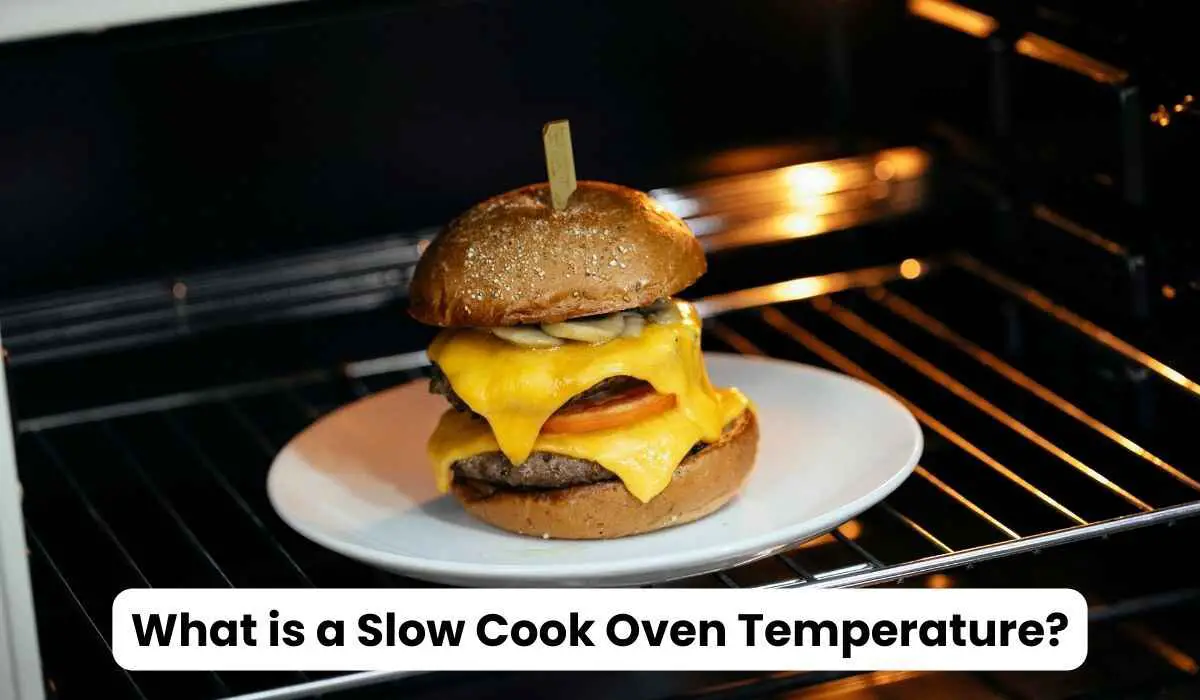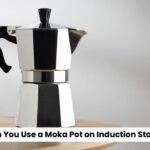Are you ready to embark on a culinary journey that promises tender, succulent dishes with minimal effort? Welcome to the realm of slow cooking, where the magic happens at a leisurely pace.
At the heart of this culinary art lies the slow-cook oven temperature, a critical element that transforms tough cuts of meat into meltingly tender morsels and infuses vegetables with rich, savory flavors. But what is a slow-cook oven temperature? and how does it work its culinary alchemy?
In this article, we’ll unravel the mysteries behind this cooking method, demystify the ideal temperatures, and explore how you can harness its power to create mouthwatering meals that will tantalize your taste buds and leave you craving more.
So, let’s delve into the realm of slow cooking and uncover the secrets behind achieving mouthwatering dishes that delight the senses and warm the soul.
Table of Contents
What is a Slow Cook Oven Temperature?
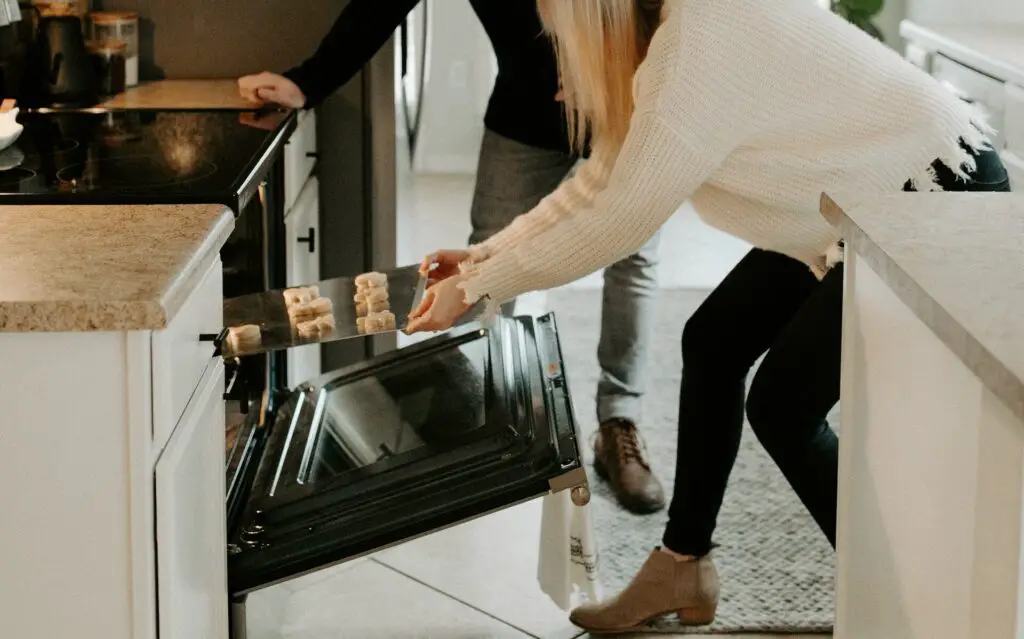
In the world of cooking, where flavors mingle, and aromas tantalize, the slow cooker stands as a patient maestro, conducting the symphony of ingredients to perfection. But what about the slow cooker’s faithful companion, the oven? Ah, the slow-cook oven temperature is a crucial element in slow cooking.
Picture this: you’ve gathered your ingredients and prepped your recipe, and now it’s time to set the stage with the right temperature. Slow-cook oven temperatures typically range from 200 to 300 degrees Fahrenheit (or 95 to 150 degrees Celsius). This gentle heat allows flavors to meld, meats to tenderize, and textures to develop over time.
But why the low and slow approach? Well, it’s all about patience and precision. Low temperatures ensure that food cooks slowly, allowing tough cuts of meat to break down collagen and connective tissue, resulting in succulent, fall-apart tenderness. Moreover, the gradual heat prevents ingredients from becoming overcooked on the outside while still raw inside—a culinary conundrum avoided.
Now, let’s break it down further. At around 200 to 225 degrees Fahrenheit (95 to 110 degrees Celsius), you’re in the realm of “low and slow.” This temperature range suits dishes like stews, braises, and roasts, coaxing out deep flavors and transforming tough cuts into meltingly tender delights.
Venturing up the temperature ladder from 250 to 275 degrees Fahrenheit (120 to 135 degrees Celsius), you enter the realm of “medium heat.” Here, dishes cook a tad faster yet still benefit from the slow-cooking magic. Think pulled pork, brisket, or even whole chicken—each rendered juicy and flavorful under the steady warmth of the oven.
Finally, at 300 degrees Fahrenheit (150 degrees Celsius), you’re on the cusp of traditional oven-baking territory. While slightly higher in heat, this temperature still qualifies as “low and slow” in the broader culinary spectrum. It’s perfect for dishes that need a touch more intensity, like certain casseroles or root vegetable medleys.
In essence, the slow-cook oven temperature serves as the guiding light in the world of leisurely cooking. It’s the thermostat of tranquility, the regulator of tenderness, and the maestro of flavor. So, the next time you embark on a culinary journey, remember to set the temperature dial with care, for within its gentle embrace lies the secret to gastronomic delight.
What is the Best Temperature For Low and Slow Cooking?
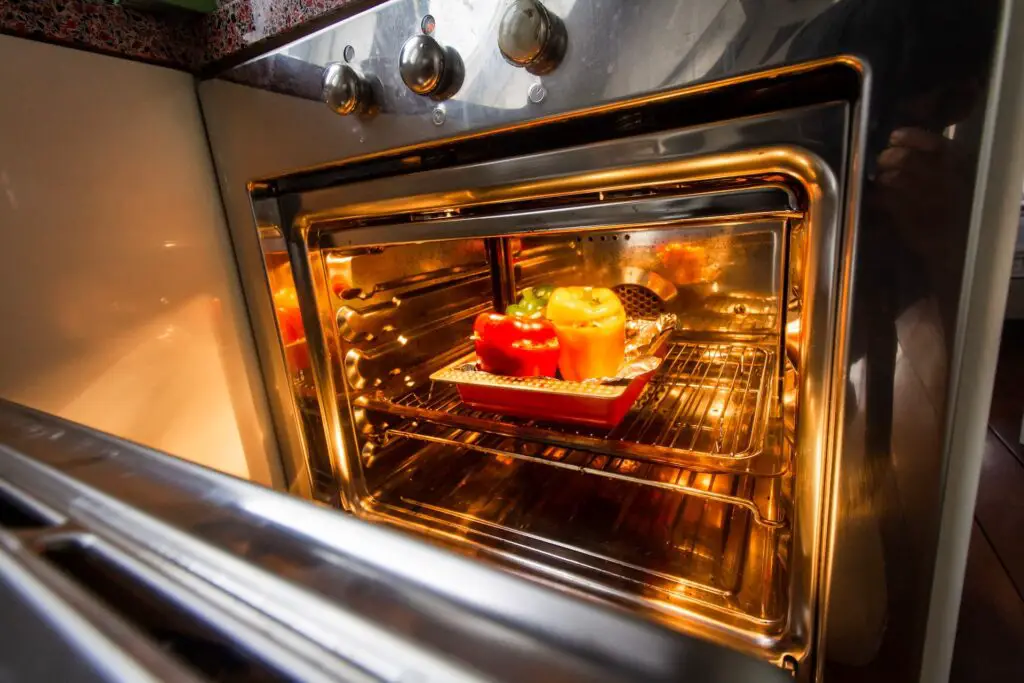
When it comes to low and slow cooking, nailing the right temperature is like hitting the sweet spot in a melody. It’s where flavors harmonize, and magic happens in your kitchen. Picture this: a tender, succulent piece of meat that practically melts in your mouth, infused with deep, rich flavors that only slow cooking can achieve.
So, what’s the best temperature for low and slow cooking? Well, it depends on what you’re cooking and your cooking method, but generally, temperatures between 200°F (93°C) and 250°F (121°C) work wonders. This temperature range allows the collagen in tough cuts of meat to break down slowly, resulting in that fall-apart tenderness we all crave.
For pork shoulder, beef brisket, or other tough cuts, aim for around 225°F (107°C). The meat cooks gently at this temperature, allowing the connective tissues to dissolve gradually, rendering it flavorful and fork-tender. Patience is key here; low and slow cooking is not a sprint but a leisurely stroll to culinary perfection.
Now, for poultry like chicken or turkey, slightly higher temperatures, around 250°F (121°C), work best. Poultry can handle a bit more heat without drying out, and cooking at this temperature ensures that the meat remains juicy while still achieving that coveted crispy skin.
Of course, investing in a reliable meat thermometer is essential to ensure accuracy. Your oven or smoker’s temperature gauge may not always tell the whole story, and precision is crucial when it comes to low and slow cooking.
Experimentation is also part of the fun! Don’t be afraid to adjust the temperature within the recommended range based on your preferences and the results you’re aiming for. Cooking is as much about intuition and creativity as it is about following recipes.
In summary, the best temperature for low and slow cooking falls within the range of 200°F to 250°F, depending on the type of meat you’re cooking. With patience, precision, and a dash of creativity, you’ll unlock the secrets to tender, flavorful dishes that will have your taste buds singing with delight.
How to Slow Cook in the Oven:
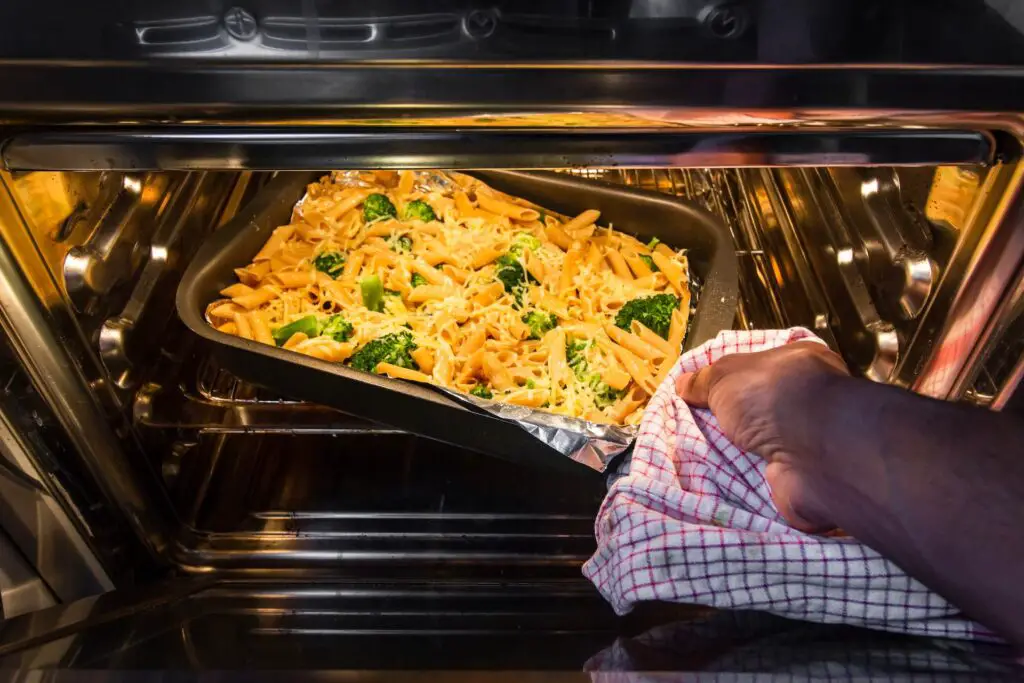
When it comes to the art of slow cooking in the oven, mastering the right temperature is key to achieving mouthwatering results. Setting the oven to a low and slow temperature is the golden rule of oven-slow cooking. This technique allows the flavours to meld together while tenderizing tougher cuts of meat. Typically, temperatures ranging from 200°F to 300°F (95°C to 150°C) are ideal for slow cooking in the oven.
For dishes like braises, roasts, and casseroles, a temperature around 250°F (120°C) is often recommended. This low temperature ensures that the food cooks slowly and evenly, resulting in fork-tender meat and rich, aromatic sauces.
Patience is a virtue when it comes to slow cooking in the oven. Unlike other cooking methods that rely on high heat for quick results, slow cooking requires time to work its magic. But trust me, the wait is worth it when you take that first bite of a perfectly cooked dish.
Another benefit of slow cooking in the oven is its versatility. From hearty soups to decadent desserts, the oven can handle a wide range of dishes with ease. Just adjust the temperature and cooking time accordingly to suit the recipe.
So, the next time you’re craving comfort food or want to impress guests with a flavorful feast, consider harnessing the power of your oven for slow cooking. With the right temperature and a little patience, you’ll be amazed at the delicious results you can achieve. For more insights on achieving the perfect simmer on an electric stove, check out our article on simmering on electric stove.
How Long To Cook Chicken Breast At 250 Degrees in Oven?

If you’ve ever found yourself wondering how long it takes to cook chicken breast in the oven at a low temperature like 250 degrees Fahrenheit, you’re not alone. Cooking chicken breast at a low temperature requires a bit of patience, but the result can be tender, juicy, and full of flavour.
At 250 degrees Fahrenheit, cooking chicken breast will typically take longer than at higher temperatures. On average, you can expect it to take about 1 to 1.5 hours to cook a boneless, skinless chicken breast at this temperature. However, the exact time can vary depending on the thickness of the chicken breast and your oven’s accuracy.
When cooking chicken breast at 250 degrees Fahrenheit, it’s essential to ensure that the internal temperature reaches a safe minimum of 165 degrees Fahrenheit to kill any harmful bacteria. To achieve this, I recommend inserting a meat thermometer into the thickest part of the chicken breast. Once it reaches 165 degrees Fahrenheit, you can be confident that your chicken breast is fully cooked and safe to eat.
While cooking chicken breast at 250 degrees Fahrenheit may take longer than other methods, the low and slow approach can result in incredibly tender and flavorful meat. Plus, it gives you time to prepare any sides or sauces to accompany your meal.
Remember, cooking is not just about following precise instructions; it’s also about enjoying the process and experimenting with flavours and techniques. So, don’t be afraid to get creative in the kitchen and try different seasonings or cooking methods to elevate your chicken breast to new heights of deliciousness.
In summary, cooking chicken breast at 250 degrees Fahrenheit in the oven requires patience, but the result is well worth the wait. By ensuring that the internal temperature reaches 165 degrees Fahrenheit, you can enjoy tender, juicy chicken breast that’s both safe and flavorful. So, fire up your oven, grab your favourite seasonings, and get ready to savour every bite of your perfectly cooked chicken breast.
How Long To Cook Ribs in Oven At 250 with Foil?
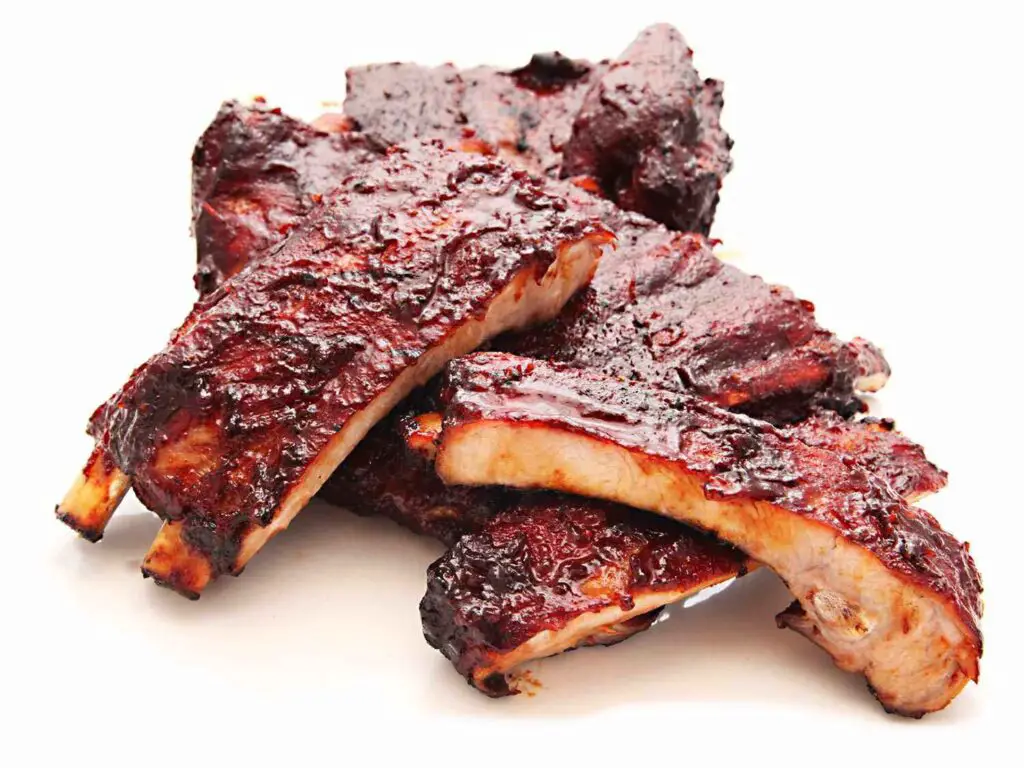
Imagine the delightful aroma of perfectly cooked ribs wafting through your kitchen. If you’re wondering how long to cook ribs in the oven at 250 degrees Fahrenheit with foil, you’ve come to the right place. Cooking ribs low and slow allows the flavours to meld and the meat to become tender and succulent.
When you’re preparing to cook ribs in the oven at 250 degrees with foil, it’s essential to give yourself plenty of time. Ribs require patience and a slow cooking process to achieve that fall-off-the-bone tenderness that we all crave.
Firstly, ensure your ribs are seasoned to perfection. Whether you prefer a dry rub or a wet marinade, make sure to massage those flavours into the meat generously. Once your ribs are seasoned to your liking, it’s time to wrap them tightly in aluminium foil.
The foil serves a crucial purpose in this cooking method. It helps to seal in moisture, ensuring that your ribs remain juicy and flavorful throughout the cooking process. Plus, it helps to create a controlled cooking environment, allowing the ribs to cook evenly and retain their tenderness.
Now, onto the cooking time. At 250 degrees Fahrenheit, you can expect to cook your ribs for approximately 2.5 to 3 hours. This slow-cooking method allows the meat to gently tenderize without becoming tough or dry. It’s the perfect temperature for achieving that melt-in-your-mouth texture that makes ribs so irresistible.
However, it’s important to remember that cooking times can vary depending on the thickness of your ribs and your oven’s individual characteristics. To ensure that your ribs are cooked to perfection, use a meat thermometer to check for doneness. The internal temperature of properly cooked ribs should reach 145 degrees Fahrenheit.
Once your ribs have reached the desired temperature, it’s time to unveil your culinary masterpiece. Carefully remove the foil, allowing the steam to escape, and behold the glorious sight of perfectly cooked ribs.
Whether you’re hosting a backyard barbecue or simply treating yourself to a delicious dinner, knowing how long to cook ribs in the oven at 250 degrees with foil is a valuable skill. With a bit of patience and a lot of flavor, you can create mouthwatering ribs that will have everyone coming back for seconds.
Conclusion:
Understanding the ideal temperature settings for a slow cooker is essential for creating mouthwatering dishes that are tender, flavorful, and perfectly cooked. By maintaining a low and steady temperature, typically between 190°F to 250°F (87°C to 121°C), slow cookers allow ingredients to simmer and meld together, resulting in rich and savoury meals.
Whether you’re preparing a hearty stew, succulent roasts, or creamy soups, mastering the art of slow cooking involves finding the optimal temperature range for your recipes. Experimenting with different temperatures and cooking times can unlock a world of culinary possibilities, transforming simple ingredients into culinary masterpieces.
So, the next time you fire up your slow cooker, remember that controlling the temperature is the key to achieving gastronomic perfection in every bite. Happy slow cooking!
